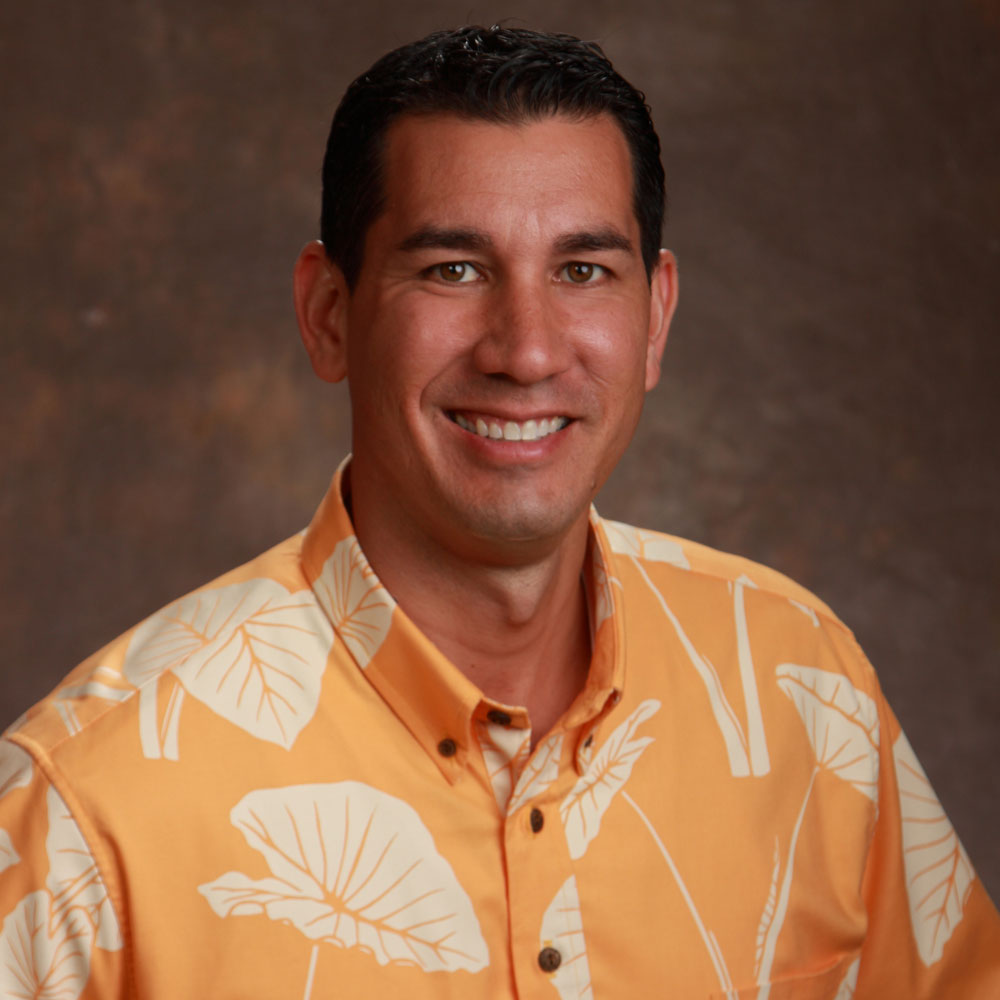
November 5, 2020; NBC News, Guardian, and Indian Country Today
The next Congress will see the number of Native Americans representatives increase from four to six. This is the highest level of Native American representation in Congress ever, according to Indian Country Today.
In addition to four incumbents who were reelected, there are two new members. It was only two years ago that the first Native American women were elected to Congress. Both of these women, Deb Haaland (D-NM), Laguna Pueblo, and Sharice Davids (D-KS), a Ho-Chunk Nation member, were reelected. Yvette Herrell (R-NM), who is Cherokee, joined them as the third Native American woman in Congress this year; Herrell unseated Democrat Xochitl Torres Small to whom she had narrowly lost in 2018.
Also new to Congress this year is Kaiali’i (“Kai”) Kahele (D-HI), who became only the second Native Hawaiian ever elected to Congress since Hawai’i became a state in 1959. (Hawai’i currently has two congressional seats. Kahele filled the seat vacated by former Hawai’i Representative Tulsi Gabbard.) In his campaign, Kahele made Native Hawaiian rights a focus of his campaign, taking a stand to support enhanced enforcement of the Hawaiian Homes Commission Act, a 1921 government homesteading program designed to help Native Hawaiians return to their lands.
Sign up for our free newsletters
Subscribe to NPQ's newsletters to have our top stories delivered directly to your inbox.
By signing up, you agree to our privacy policy and terms of use, and to receive messages from NPQ and our partners.
Native Americans also made gains at the state level, particularly in Kansas. Before the election, NPQ highlighted the campaigns of two Native American women in state legislature races, both of whom prevailed last week. “Stephanie Byers, who is Chickasaw and a retired teacher, became the state’s first transgender lawmaker when she won her race for a seat in its house of representatives,” reports Lauren Aratani in the Guardian. Another Kansan, Christina Haswood, Diné [Navajo nation], became the youngest person in the state legislature at 26. A third Native American member in the Kansas House of Representatives, Ponka-We Victors, a Tohono O’odham and Ponca member, won her re-election campaign.
NPQ has been tracking the rise of new leaders in Indian Country for some time now. Back in May 2019, we quoted Tom Rodgers, a political strategist and member of the Blackfeet Nation in Montana. Rodgers, speaking to a Washington Post reporter at the time, noted that, “You’re seeing an awakening. You’re seeing a new generation of tribal leaders. They’re much more aggressive…less patient. They don’t believe in the promises as much anymore.” The campaign even had its own hashtag: #NativeVote20.
Not all Native American candidates prevailed in their races, of course. Native American candidates who had won their parties’ congressional primaries fell short in a number of places, including Idaho, Utah, Wisconsin, and Wyoming. Even where they fell short, however, the increased prevalence of Native American candidates has raised the political prominence of issues that directly affect Indian Country.
For example, in Wyoming, Democrat Lynnette Grey Bull’s campaign against Republican incumbent Liz Cheney was always seen as a long shot, but her campaign did help to raise awareness in the state regarding the number of missing, exploited and murdered Indigenous women and children. As she told Indian Country Today a week before the election, “I’m fighting for a seat at the table, so I bring others to have a seat at the table.”—Steve Dubb













